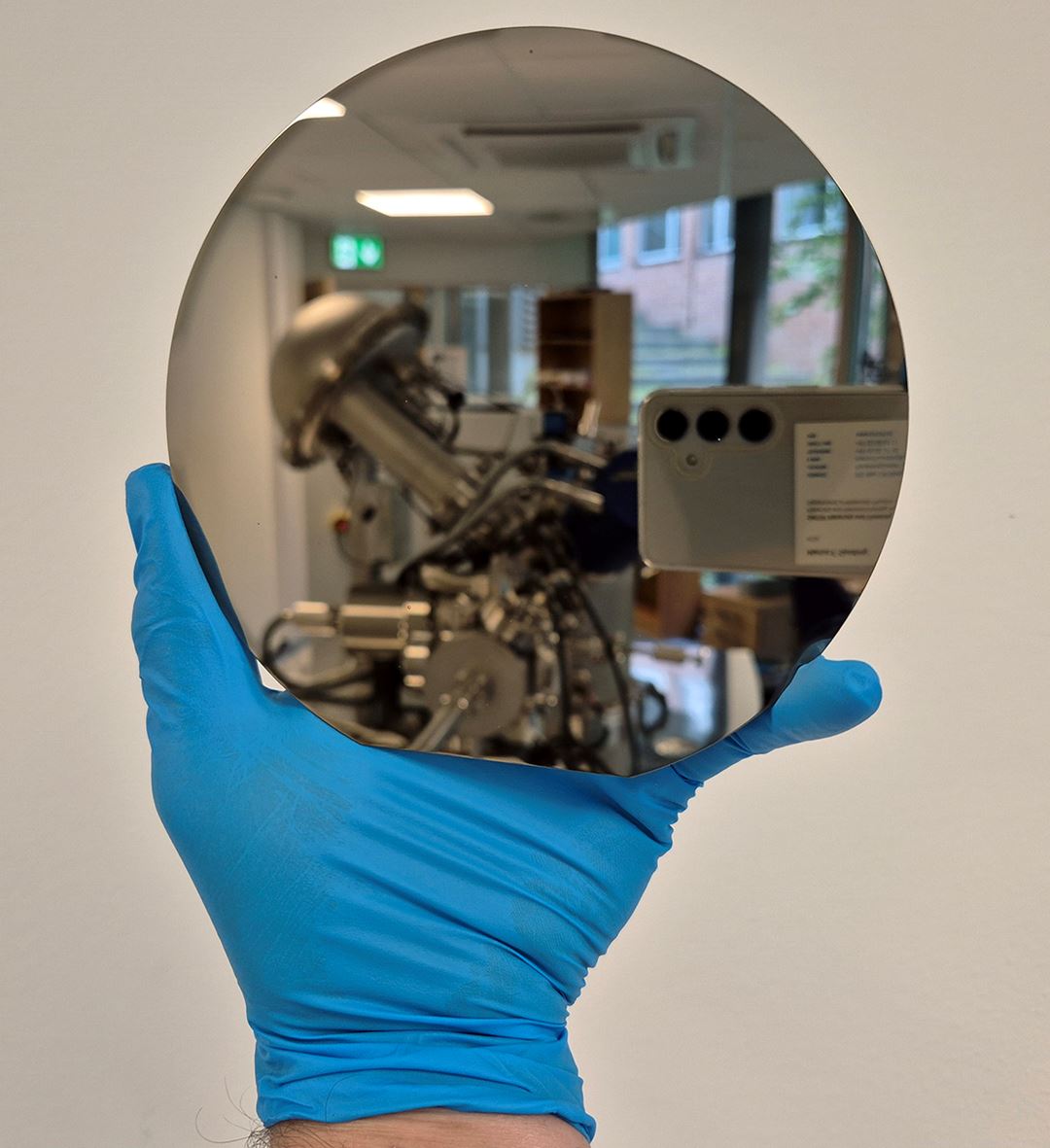Quantum technology is unlocking new possibilities for device solutions across fields such as medicine, astronomy, defense, and secure communication. With 2025 designated as the International Year of Quantum Science and Technology, SINTEF is stepping up its efforts to place Norway on the global quantum map.
Through the QSENS project, researchers at SINTEF Industry are working to advance a critical component in quantum systems: the superconducting nanowire single-photon detector (SNSPD). This is an extremely sensitive light sensor, capable of detecting even the smallest particles of light, photons.
Quantum technology could revolutionize the way we measure and encrypt our information (quantum communication), the kinds of problems we can solve (quantum computing), and how small signals we can detect (quantum sensors).
SNSPDs can be used directly as sensors, or as components in quantum communication systems and quantum computers. While they offer many advantages over competing detectors, they have one major limitation: they only function at extremely low temperatures.
The QSENS project aims to overcome this by developing new SNSPDs that can operate at higher temperatures. This would reduce the need for costly and energy-intensive cooling systems, making the technology more scalable and accessible.
“Improving these sensors is a multidisciplinary challenge. Combining our academic insights with advanced fabrication, characterization, simulations, and optimization of material properties and detector design, we aim to ensure that SNSPDs operate reliably at higher temperatures,” says Espen Sagvolden, project leader for QSENS.

The role of superconducting materials
Superconducting materials, such as niobium nitride (NbN) and niobium titanium nitride (NbTiN), are essential for SNSPDs. These materials can conduct electricity without resistance when cooled to a low enough temperature. SINTEF researchers will apply their expertise in materials physics and nanotechnology to improve the performance of these materials.
“Expanding the temperature range for SNSPDs opens the door to much broader applications of quantum technologies, e.g., in communication and sensing,” says Sagvolden.
Until now, Norway has had limited research activity on quantum sensors and critical hardware components like SNSPDs. Building on SINTEF’s strengths in materials science, superconductivity, and sensor technology, the project aims to establish a solid foundation for research and development in quantum sensing. It can also foster future industrial collaborations that can elevate Norway’s position in the global quantum landscape.



